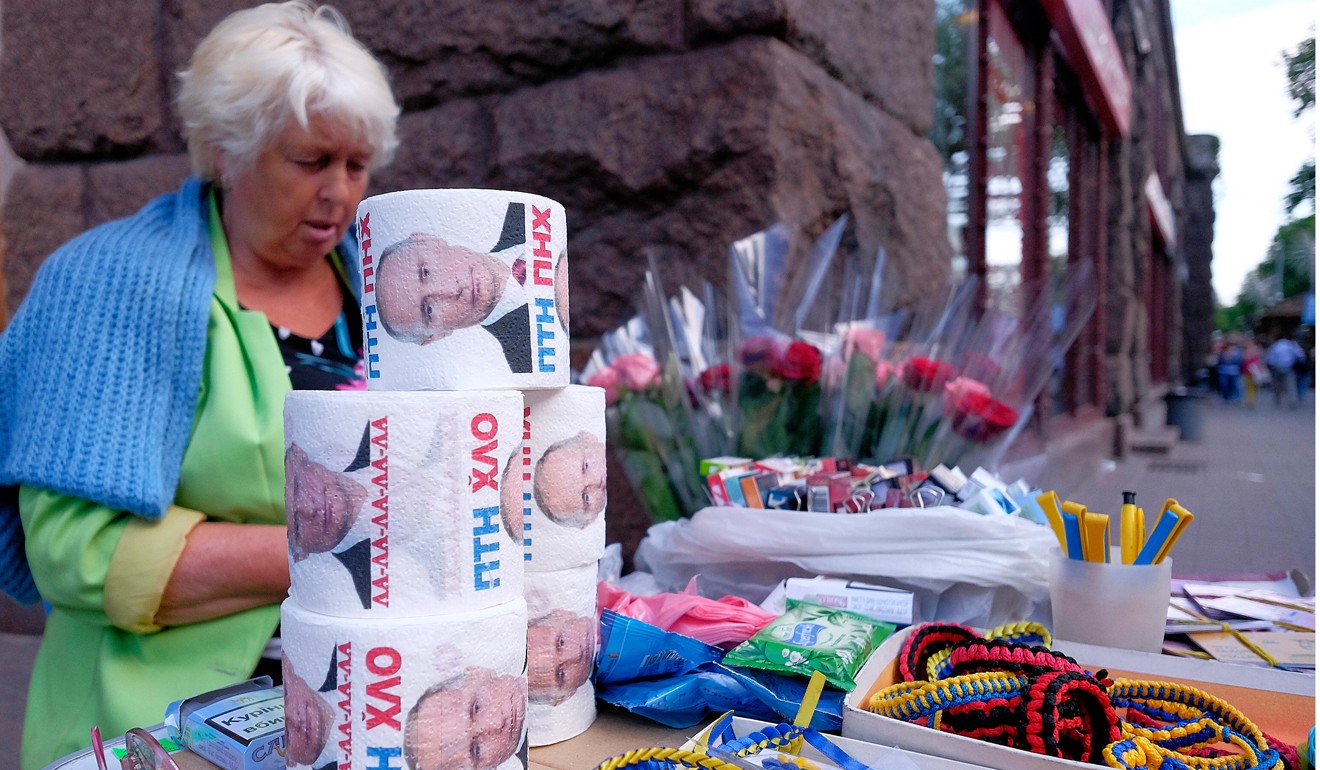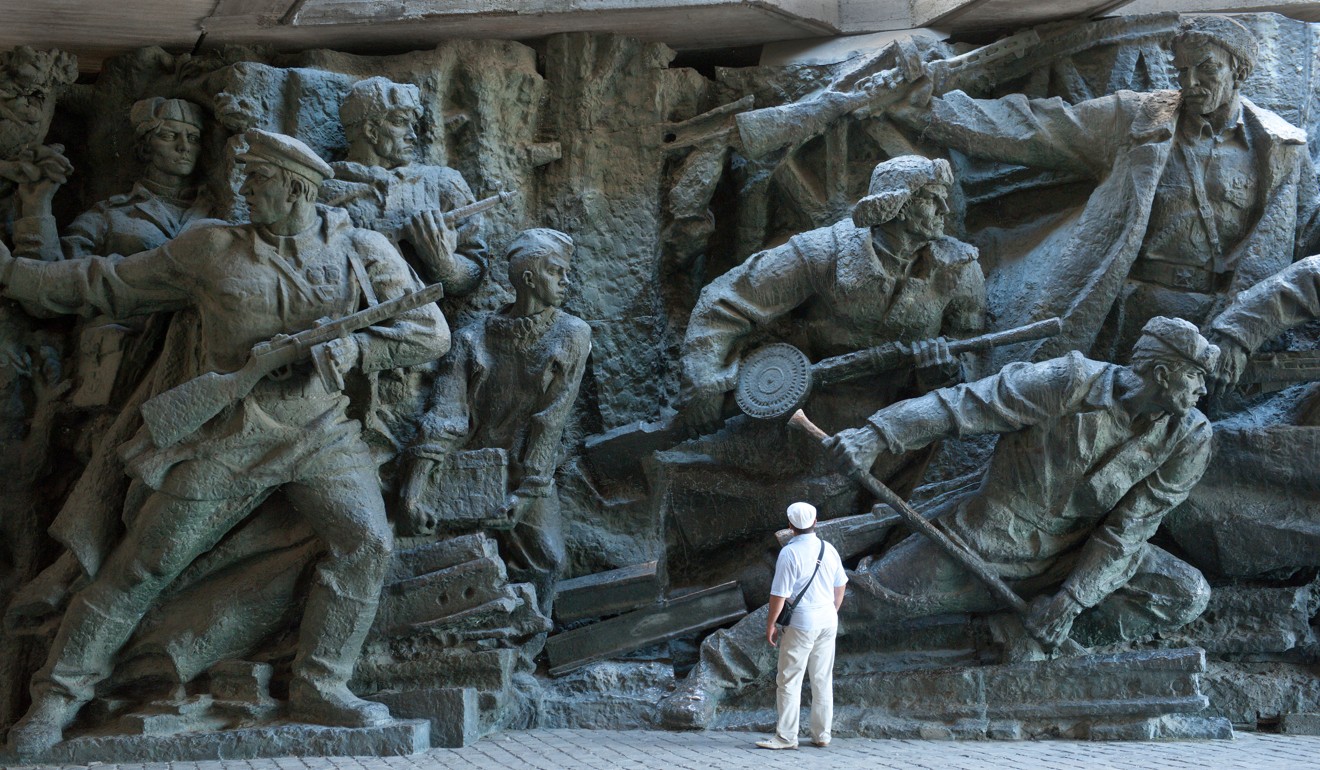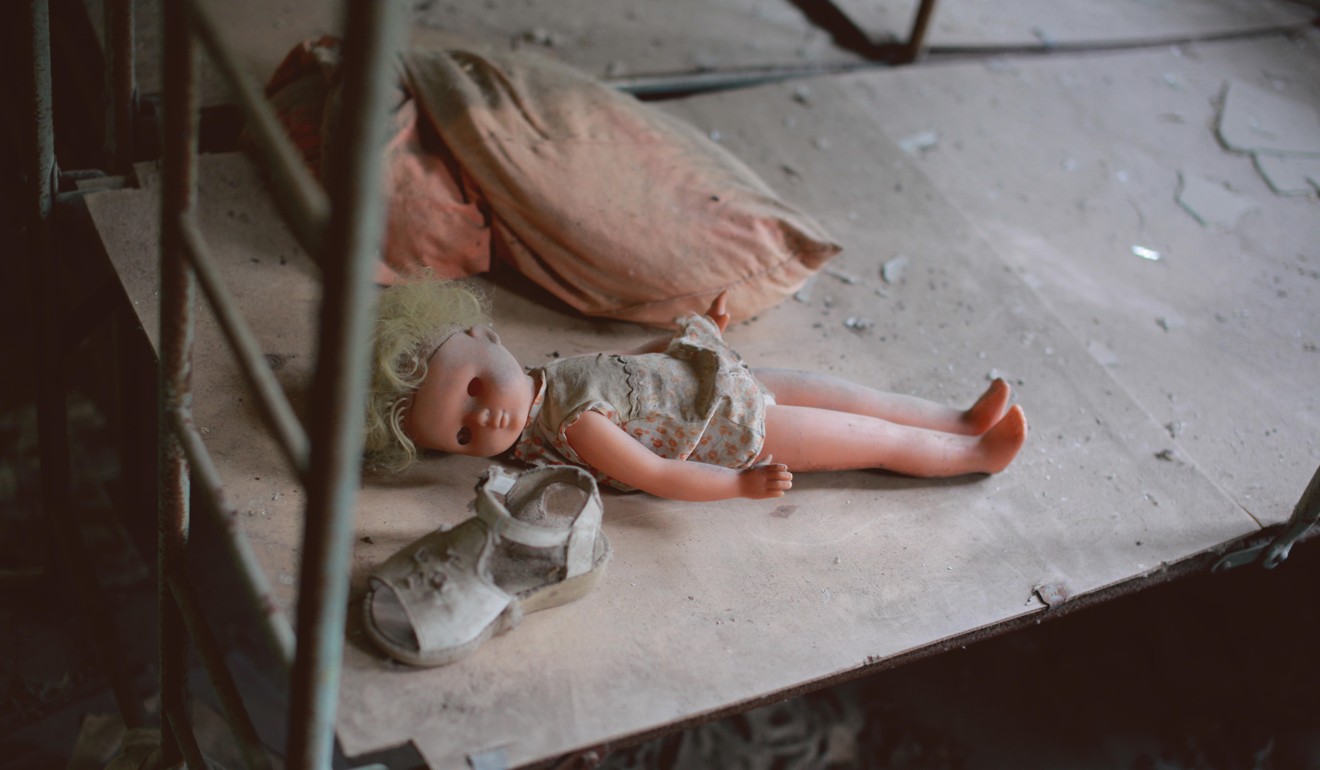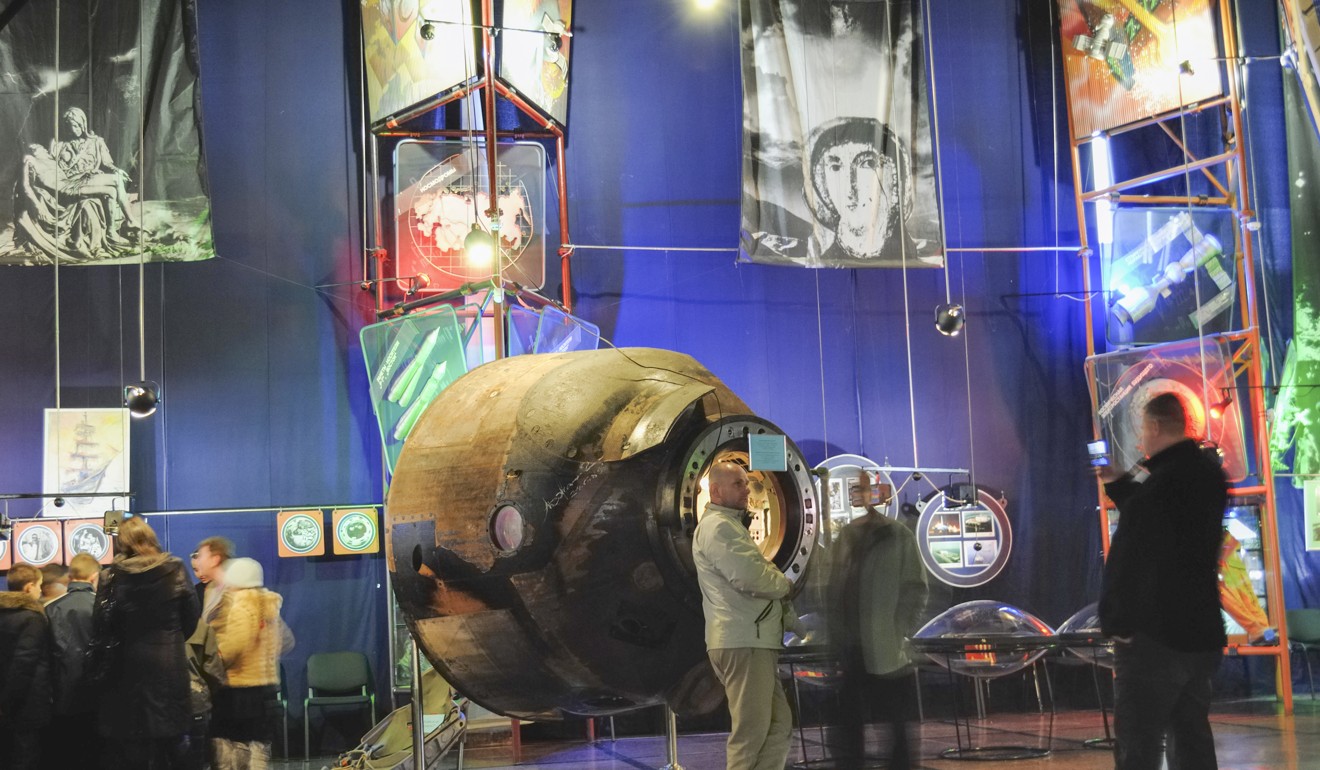
Holiday in Ukraine: nostalgia trip in a land full of memorials to war
From Moldova in the south to Chernobyl in the north and to Lviv, western Ukraine retains a timeless charm for all that its past is filled with grief
More than most countries, Ukraine is a victim of geography; straddling the divide between Europe and Russia it is part of both and part of neither. The Dnieper River bisects the country, north to south, and is so wide, 19th-century writer Nikolai Gogol claimed that “birds fall down before reaching its middle”.
Vast arable lands, Orthodox churches calling people to prayer, apple orchards, Cossack myths, Jewish cemeteries, Black Sea sunshine and Carpathian snow are all typical of western Ukraine. East of the Dnieper the land is flat and monotonous, covered in beet fields and slag heaps, the western edge of a thousand miles of Russian steppe. Ukraine’s current problems stem from this clash of East and West.
Those to the east of the Dnieper look to Russia for their lead, those to the west speak a different language and look to Europe. Travelling through the west of the country, the question I am asked more than any other is, “Russki?” After I assure my questioner I am not, the mood lightens, the smiles broaden and the vodka measures become more generous.

Most trips to Ukraine start in the capital, Kiev, which straddles the Dnieper, although it is clear on my 20-hour train journey north from Moldova that few travellers arrive by rail. The old train may be half-empty as it clanks through the dusty summer countryside, but the guards, who greet me with sharp salutes and little taps of the heels and are dressed in starched nylon uniforms, are busy nonetheless.
At each small country station, where fat bees buzz around the pink flowers that frame the wooden buildings, the guards jump off, pick up bundles that have been left conveniently in the tall grass and bring them aboard, to add to a heap of frozen meat tied in white string bags that is growing in the carriage corridor.
The Russian leader’s face is everywhere – Putin as Hitler; on posters of a sinking Russian ship, the “Putinic”; and on rolls of super-soft toilet paper, the opportunity to wipe the smile off his face offered on each perforated sheet
I sleep on a pillow of arms in a cast-iron cradle as we trundle past Ukrainian fields and, when I awake, the meat mountain has gone and the guards are sprinkling pine water on the re-laid corridor carpet.
Having arrived at Ukraine’s ancient capital, I am saluted and given a gold-tooth smile and conspiratorial wink as I clamber down the metal steps of the carriage to make my way towards the gold-and-green domes of St Sophia’s 11th-century cathedral.
Souvenir stands have colonised the cobbled streets of Andriyivsky Uzviz, where the apostle Andrew climbed the steep hill in the 9th century to erect a cross and prophesise the rise of the city, and are overflowing with printed icons, stacking matryoshka dolls, yellow Ukrainian football scarves – and Putin T-shirts. The Russian leader’s face is everywhere – Putin as Hitler; on posters of a sinking Russian ship, the “Putinic”; and on rolls of super-soft toilet paper, the opportunity to wipe the smile off his face offered on each perforated sheet.

South along the west bank of the Dnieper is the Patriotic War Museum, guarded by the 62-metre stainless-steel “Motherland”, who holds a 16-metre sword aloft in her right hand. Known by irreverent locals as Tin Tits, her shield bears one of the few remaining hammer and sickle symbols in Ukraine.
Many of the others followed the 1,320 Lenin statues that were removed following independence, in 1991, and a lot of the streets dedicated to Soviet heroes have been renamed (“Lenin Street” has, in many cases, become “Lennon Street”). Second world war monuments were exempt from the transformation, however – and anyway, who would dare remove the shield from Tin Tits when she has such a big sword?
The immense walls and chambers of the museum itself are a reflection of grief and dislocation, the number of displays an avowal of the impotence of the common man amid the maelstrom of war. For it is the small and personal details that are most moving in the Patriotic War Museum – the damaged piano from a house devastated during the battle for Kiev in 1941; the children’s shoes recovered from the massacre of more than 300 Ukrainians in the small church of Pawlokoma, in Poland, in March 1945.

Confused by the incomprehensible ring roads of the capital, I stop my ZAZ hire car by a kiosk selling cans of Chernihivske beer and ask a man for directions to Babi Yar. He says I should turn left and head west, but another man insists I should go right. A third gets into my car, and guides me.
Mission complete, he heaves himself out of his seat, leaving a greasy smear from the bag of salo cured pork – that most stereotypical of Ukrainian foodstuffs – that he had grasped between his thighs, and gives the roof a friendly tap.
Nazi “special actions” against the Jews in Kiev began on September 27, 1941, just eight days after the city surrendered. Jews were marched along the broad city streets and then stopped beside the steep wooded ravine known as Babi Yar, where 33,771 were shot and buried over a two-day period.

The countryside that passes the coach window as I travel north to Chernobyl – guided tours are easy to find in Kiev – is pretty and pastoral. Enthusiastic locals splash in rivers as flocks of geese fly overhead, signalling that the summer, and all splashing, will soon come to an end.
Warning signs announce we are entering the “obligatory evacuation zone” around the site of the April 1986 nuclear reactor explosion, black exclamation marks and radiation symbols stamped on yellow triangles reinforcing the message, though no one attempts to turn us back.

The old school with artfully abandoned soft toys and deserted Pripyat, with its derelict swimming pool and rusty Soviet big wheel frozen in place and time, give our visit a surreal feel. The frequent radiation checks by “sanitation teams” seem like pieces of theatre, always with reassuringly low readouts and administered with great solemnity. My leaflet assures me lunch will be “ecologically clean and radiation free”. Less reassuringly, it says that if contamination exceeds the “established control levels”, all personal items, including clothes and shoes, will be destroyed. Might I have to return to Kiev naked?
The quiet obsolescence of the rundown Soviet era buildings and that familiar red-and-white-striped chimney poking into the grey sky like an exclamation mark feel significant; the enormous catfish in the river flowing through the reactor zone are “perfectly normal”, however, according to our guide.

In the bread basket heartland of central Ukraine, the land is expansive and brown, the horizon distant and punctuated by small villages with colourful churches. I stop at one of these, spring onions and pumpkins poking up from the rich soil of the church ground. Worshippers inside stand and chant Orthodox prayers while a priest with an extravagant beard and robes flicks holy water on parishioners from a giant brush dipped into a galvanised bucket.
Zhytomyr possesses a time-worn Soviet quality, with its commemorative tank and nostalgic Space Museum, although it is extraordinarily difficult to find a hotel. I wind up in a frightful 1950s place in which the bed has the consistency of marshmallow, the room is decorated entirely in synthetic fabric and pictures of galloping horses, and the long, dark corridors seem to be joining the rest of the building in a slow-motion collapse into the wide brown Teteriv River.

The roads leading to Lviv improve as Ukraine becomes more European. Taking advantage of the hot weather, youngsters jump off rusty girders and stanchions of bridges painted in Ukrainian blue and yellow into the rivers. They swim in big nylon underwear or pairs of tiny 1970s trunks with a belt, or lay on knitted blankets and eat picnics of beetroot soup with pickled cucumber, pampushky soft fluffy bread and potato pancakes with dollops of sour cream.
The Carpathian Mountains, which can be seen across the steep roofs of Lviv, mark the western extremity of the country, beyond which is Poland. The hills roll and rise gently towards the 2,000-metre Mount Hoverla, Alpine meadows carpeted with flowers and wood smoke rising from bucolic clusters of houses surrounding village churches. In one muddled cemetery, simple unlocked wooden structures containing graves stand askew, the timbers infused with the incense of countless generations.
I have roamed over only a half of Ukraine but in so doing, have travelled to a much earlier time.
Getting there
There are no direct flights between Hong Kong and Kiev, however multiple airlines offer connecting flights, including Emirates, Qatar Airways and Lufthansa.
